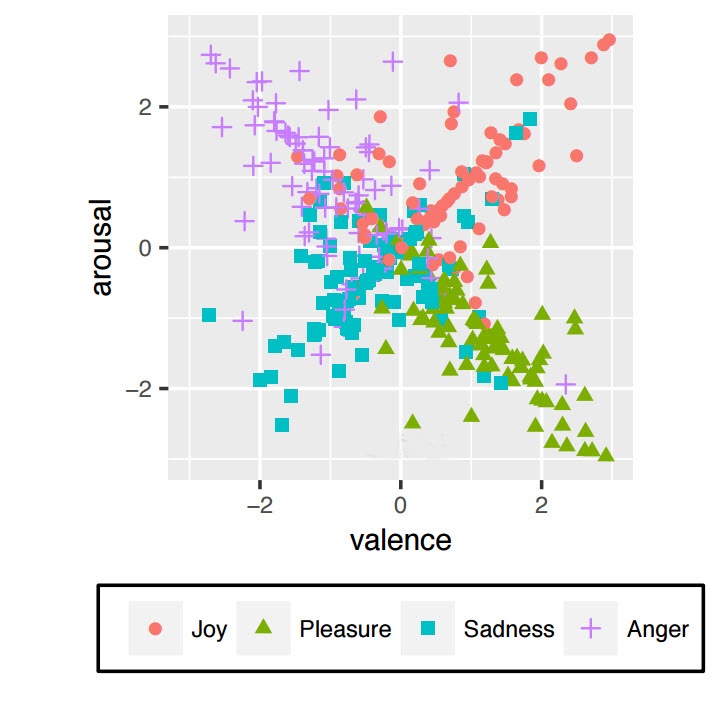An international group of researchers at the MIT’s CSAIL lab (Computer Science and Artificial Intelligence Lab) has recently built a system that tracks emotions using Wi-Fi.
This system is called EQ-Radio (Emotion Recognition using Wireless Signals) and uses a wireless router to transmit a signal, which reflects off a person’s body and bounces back. The device is able to identify not only the body, but also any significant variations in breathing and heartbeat (with an average error of only 3.2 milliseconds). Then, the machine learning algorythms analyze facial expressions, language and voice tone to identify basic emotions like joy, anger, happiness and sadness.

The system seems to be very accurate and exact results were achieved 72.3% to 87% of time across different experimental conditions. Other systems based on Wi-Fi had never reached similar results before.
The system is far from being available for any application and there are many reasons for this. First, there’s still is a lot of inaccuracy due to the system’s immaturity; second, it’s sometimes hard to identify a specific emotion (in many cases, emotions overlap in the anaysis quadrant represented above); and, last but not least, the experiments were taken with people standing at a distance of 3 to 4 feet from the router (a distance difficult to achieve outside the laboratory).
However, some people are already raising privacy concerns about the possible application of this system in commercial environments. Wifi-based position tracking has become increasingly popular between retail companies and has already been associated, in some cases, with emotion tracking. Even though customers are not always happy about being tracked, multiple analytics, advertising and marketing companies are already providing the brick-and-mortar sector with the latest and most efficient tools to gather big data from retail store visitors.
